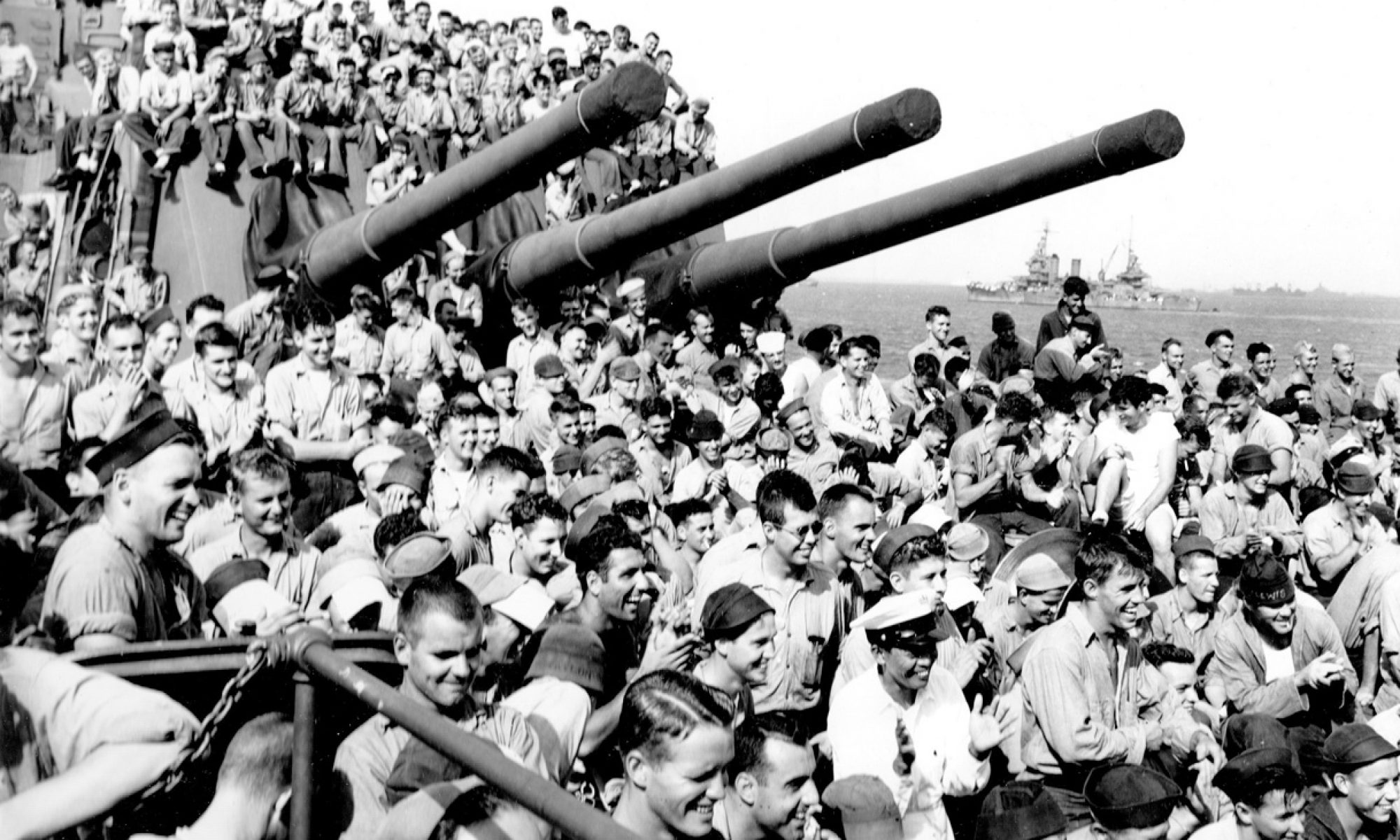1-26-19
There’s an old adage: history is written by the winner(s). While that may be true of battles and warfare, it completely misses the mark about history itself.
History (dictionary.com): noun
- Branch of knowledge dealing with past events; 2. Continuous, systematic narrative of past events as relating to a particular people, country, period, person, etc., usually written as a chronological account; 3. Aggregate of past events.
As such, history is not a simple, one-size-fits-all politically or culturally expedient view of the world. It is, in fact, a systematic narrative of past events, with comprehensive understanding of all contributing aspects to that story. Passage of time is a necessary component of history. How can we understand history or historical events unless sufficient time has passed? Context is essential to understanding history.
Another old adage: Those who do not understand history are doomed to repeat it. History, if we allow it, speaks to human nature; a really wide-angle view of the history of mankind reveals cyclical behaviors that haven’t changed much over the millennia.
I’ve been thinking about Walls lately, for obvious reasons. I will not engage in the politics of our current events in this forum, but I’d like to take a quick look at two historically important and well-known walls. There is no detailed written account of why either of these wall was built. History fills in the gaps of “why,” once we look at context.
HADRIAN’S WALL: Construction began around A.D. 120, under Emperor Hadrian. It was 80 (Roman) miles long, stretching coast to coast (east to west) “to separate the Romans from the barbarians.” Theories of why it was built include military fortification as well as checkpoints for trade and taxation. Hadrian died in 138, and the new emperor began construction of a new wall (Antoine Wall) a hundred miles north in the vicinity of Edinburg and the Forth of Fifth. It was 40 (Roman) miles and was heavily fortified against those pesky Northern Tribes. Unable to conquer the Celts, Antoine Wall was abandoned and garrisons fell back and Rome refortified Hadrian’s Wall. By 410, Rome abandoned Britain. Sections of the wall still stand today. It was declared a World Heritage Site in 1987. After 3 centuries, the Romans were gone. The walls failed to “keep the barbarians out.” Whole sections of stones from Hadrian’s Wall were plundered during the 18th century to build military roads to quash insurrections. England still stands, much of the wall still stands.
THE GREAT WALL OF CHINA: Construction of what was to become the Great Wall started as early as the 7th century B.C.E. It was added to, modified and shored up throughout Chinese history, reaching its current state by the early 1600’s. “Apart from defense, other purposes of the Great Wall have included border controls, allowing the imposition of duties on goods transported along the Silk Road, regulation or encouragement of trade and the control of immigration and emigration. . . The Great Wall helped defend the empire against the Manchu invasions that began around 1600. Even after the loss of all of Liaodong, the Ming army held the heavily fortified Shanhai Pass, preventing the Manchus from conquering the Chinese heartland. The Manchus were finally able to cross the Great Wall in 1644, after Beijing had already fallen to Li Zicheng‘s rebels. Before this time, the Manchus had crossed the Great Wall multiple times to raid, but this time it was for conquest. The gates at Shanhai Pass were opened on May 25 by the commanding Ming general, Wu Sangui, who formed an alliance with the Manchus, hoping to use the Manchus to expel the rebels from Beijing.[35] The Manchus quickly seized Beijing, and eventually defeated both the rebel-founded Shun dynasty and the remaining Ming resistance, establishing the Qing dynasty rule over all of China.[36] Wikipedia.
Two and a half millennia later, sections of the Great Wall (also a World heritage Site) still stand. China still stands, it’s history modified of course by centuries of invasions. Like Hadrian’s its dual purpose was military and taxation, as well as controlling immigration and emigration.
Walls are interesting things. If you’re on the outside looking in, they keep you out. If you’re on the inside looking out, they keep you in.
Steve
